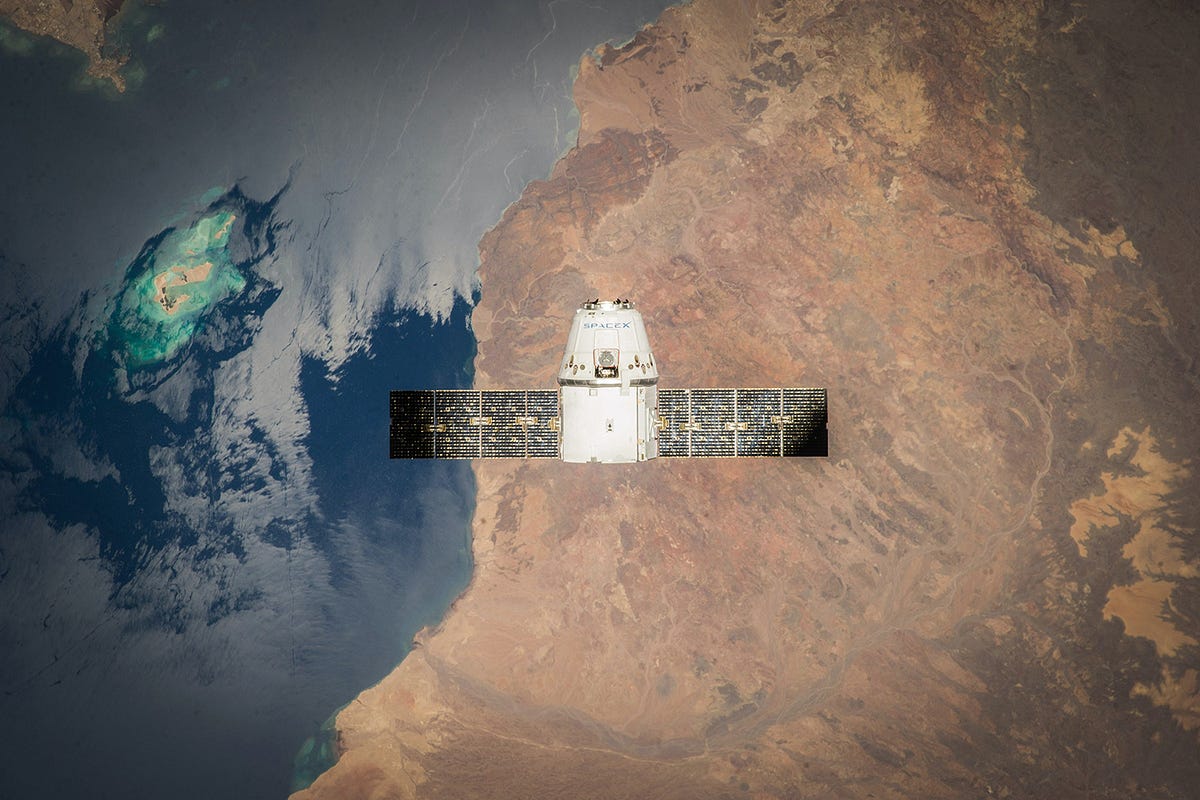My latest project at Flatiron was to use neural networks to classify satellite image tiles. I chose to use a convolutional neural network (CNN) and create a dataset of webscraped images to train the model with. This will just be a quick rundown of what went into the project with additional links to my articles to more of the technical parts. This way, it can help to familiarize you with the topics or help to share more about my work with those who have similar interests in computer vision and machine learning.
I chose to use a CNN because I read some school lessons on computer vision about how a CNN has advantages with image classification. A CNN uses pooling layers that filter through patches of the image pixels, finding common patterns, which develop into more complex patterns in order to help determine image class. I chose to work on a computer vision project with satellite images because there are possible use cases for solutions on Earth as well as use cases on other planets. I’ve read articles about organizations looking at different geological patterns on the Mars surface in search of the possible presence of water or perhaps its pre-existence on the planet. This led me to try and build the model to recognize river delta patterns here on Earth, with the next step being to train the model and locate delta patterns on Mars. The model could also eventually be useful for looking at changes to river deltas on Earth, for possible use in agriculture, climate change or even real estate. For now, the project is ongoing as of my writing this blog post, with training and testing performed on the Earth images. The Mars images will be the next part I’ll begin after graduation.
A land image tile.
A river delta image tile.
A Mars delta image tile.
In order to obtain the images for a dataset, I looked into some different API’s and webscraping with Beautiful Soup. Afterwards, I decided to use Selenium to scrape some images from an image search on Google. This method was able to scroll through the page interactively, which was necessary in order to have access to all of the images. I wrote a separate article about that process here. This method was useful as a starting point, in order to go through the process of building the dataset, creating the model, training, testing and just getting everything to work. The disadvantage was that there were a lot of images that were not clean, contained pieces of text or other image artifacts and overall led to less accurate results. There are some example images below so you can see what I mean. I do not claim copyright to any of the used images as they were used for an educational project for school and will remove them if anyone objects to their display on my article.
#convolutional-network #computer-vision #python #image-classification #machine-learning #neural networks
